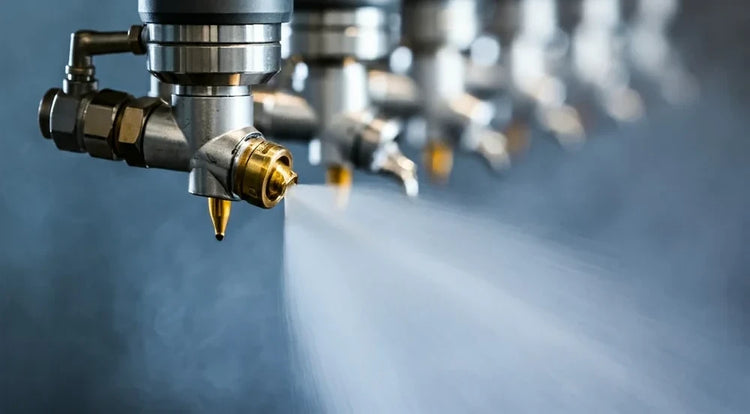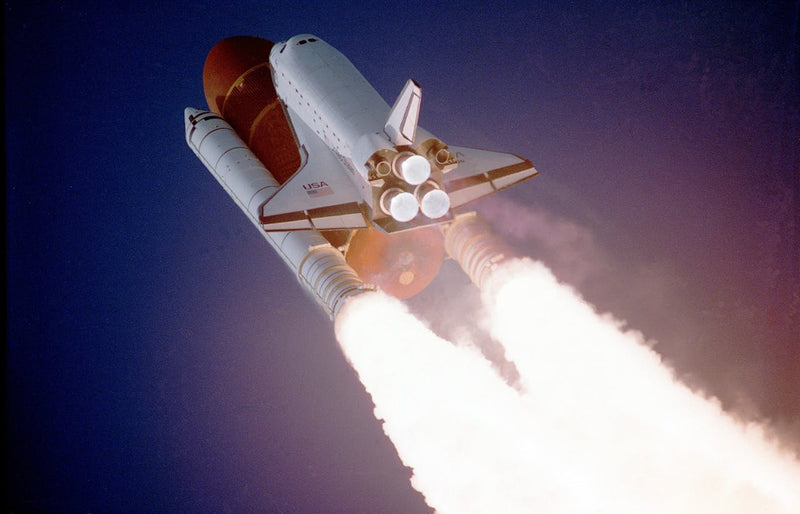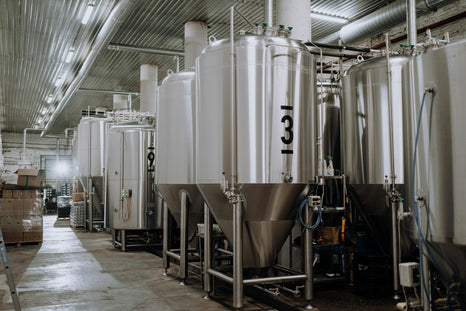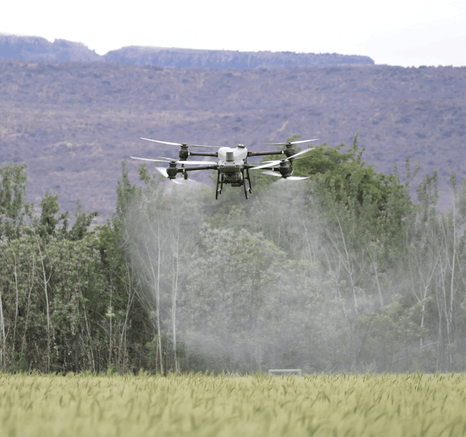Airless spray nozzles are game-changers in the world of painting and coating. They use high pressure to break up paint into tiny droplets, which then coat surfaces evenly and quickly. This technology not only speeds up the painting process but also helps in reducing waste and improving efficiency. In this article, we will explore how airless spray nozzles work and the many benefits they offer across various industries.
Key Takeaways
- Airless spray nozzles use high pressure to atomize paint, making the coating process faster and more efficient.
- These nozzles help in reducing material waste by improving transfer efficiency.
- Airless spray systems are versatile and can be used in various industries, from automotive to woodworking.
- Using airless spray nozzles can lead to significant labor cost savings and quicker project completion.
- Future advancements in airless spray technology promise even greater efficiency and environmental benefits.
The Mechanism of Airless Spray Nozzles
Pressure-Based Atomization
Airless spray nozzles operate by using high pressure to force paint through a small opening, causing the paint to break apart into tiny droplets. This method eliminates the need for compressed air, which is commonly used in other types of spray systems. The high-pressure system ensures a smooth and even application, making it ideal for large surface areas.
Components of Airless Spray Systems
An airless spray system typically consists of a pump, a hose, a spray gun, and a nozzle. The pump pressurizes the paint, which then travels through the hose to the spray gun. The nozzle at the end of the spray gun determines the spray pattern and size of the droplets. These components work together to deliver a consistent and efficient coating.
Differences from Air-Assisted Systems
Unlike air-assisted systems, which use a combination of air and fluid pressure to atomize the paint, airless systems rely solely on fluid pressure. This results in a higher transfer efficiency and faster application rates. Air-assisted systems are better suited for detailed work, while airless systems excel in covering large areas quickly.
Enhancing Transfer Efficiency with Airless Spray Nozzles
Factors Affecting Transfer Efficiency
Transfer efficiency is a measure of how much paint adheres to the target surface compared to the amount lost as overspray. Several factors influence this efficiency, including the type of coating material, the spray technique, and the environmental conditions. NozzlePro's airless spray nozzles are designed to optimize these factors, ensuring maximum adherence and minimal waste.
Techniques to Minimize Overspray
To reduce overspray, it's crucial to maintain the correct spray distance and angle. Using the right nozzle size and pressure settings can also make a significant difference. Here are some tips to minimize overspray:
- Keep a consistent distance from the surface.
- Use the appropriate nozzle for the material.
- Adjust the pressure settings to match the coating's viscosity.
Comparative Efficiency with Other Systems
Airless spray systems generally offer higher transfer efficiency compared to conventional air sprayers. According to industry data, transfer efficiencies increase progressively from conventional air sprayers to HVLP, airless, and air-assisted systems. NozzlePro's airless spray nozzles are engineered to provide superior performance, making them a cost-effective choice for various applications.
By focusing on optimizing transfer efficiency, NozzlePro helps you save on material costs and improve overall project efficiency.
Applications of Airless Spray Nozzles in Various Industries
Industrial Coatings
Airless spray nozzles are widely used in industrial settings for applying coatings to large surfaces. They provide a consistent and even layer of paint, which is crucial for protecting metal structures from corrosion. The high-pressure delivery system ensures that even thick coatings are applied smoothly, reducing the need for multiple layers.
Woodworking and Furniture
In the woodworking and furniture industry, airless spray nozzles are used to apply finishes such as varnishes and lacquers. These nozzles allow for a fine, even mist that covers surfaces uniformly, enhancing the final appearance of the product. The precision of airless spray systems minimizes overspray, making them a preferred choice for detailed work.
Automotive and Aerospace
The automotive and aerospace industries benefit greatly from the use of airless spray nozzles. These nozzles are used to apply primers, base coats, and clear coats with high efficiency. The ability to handle high-viscosity materials without thinning makes them ideal for these applications. Additionally, the consistent coating thickness achieved with airless spray nozzles ensures optimal performance and durability of the finished product.
Technical Advantages of Airless Spray Nozzles
High-Pressure Delivery
Airless spray nozzles use high pressure to push paint through a small opening, creating a fine mist. This method ensures a smooth and even coat, which is essential for professional finishes. The high-pressure system also allows for the application of thicker materials without the need for thinning.
Consistent Coating Thickness
One of the standout features of airless spray nozzles is their ability to maintain a consistent coating thickness. This is crucial for achieving a uniform finish, especially on large surfaces. The even distribution of paint reduces the likelihood of streaks and uneven patches.
Adaptability to Various Coatings
Airless spray nozzles are versatile and can handle a wide range of coatings, from thin stains to thick latex paints. This adaptability makes them suitable for various applications, including industrial coatings, woodworking, and automotive finishes.
The technical advantages of airless spray nozzles make them a preferred choice for professionals seeking efficiency and quality in their projects.
Economic Benefits of Using Airless Spray Nozzles
Reduction in Material Waste
Airless spray nozzles are designed to deliver paint more efficiently, which means less material is wasted. This efficiency translates to significant cost savings over time. By minimizing overspray, more paint adheres to the target surface, reducing the need for additional coats and conserving resources.
Labor Cost Savings
Using airless spray nozzles can also lead to labor cost savings. These nozzles allow for faster application, meaning projects can be completed in a shorter amount of time. This efficiency reduces the number of labor hours required, which can significantly lower overall project costs.
Increased Project Turnaround
The high efficiency of airless spray nozzles means that projects can be completed more quickly. This increased project turnaround allows businesses to take on more jobs in a given period, boosting overall productivity and profitability.
The combination of reduced material waste, labor cost savings, and increased project turnaround makes airless spray nozzles a highly economical choice for businesses in various industries.
Optimizing Spray Techniques for Airless Systems
Proper Nozzle Selection
Choosing the right nozzle is crucial for achieving optimal results with airless spray systems. Selecting the correct nozzle size and type ensures that the coating material is applied evenly and efficiently. Nozzles come in various sizes, and each is designed for specific applications and materials. Using the wrong nozzle can lead to poor coverage and increased material waste.
Maintaining Optimal Distance
Maintaining the correct distance between the spray gun and the surface is essential for consistent coating application. The ideal distance typically ranges from 12 to 18 inches, depending on the material and the nozzle used. Holding the spray gun too close can result in an uneven coat, while holding it too far away can cause overspray and material loss.
Adjusting Spray Patterns for Efficiency
Adjusting the spray pattern to match the shape and size of the surface being coated can significantly improve efficiency. Most airless spray systems allow for adjustments in the spray width and direction. By fine-tuning these settings, you can minimize overspray and ensure a more uniform application.
Proper technique and equipment settings are key to maximizing the efficiency of airless spray systems. By paying attention to nozzle selection, spray distance, and pattern adjustments, you can achieve superior results while reducing waste.
Future Innovations in Airless Spray Technology
Advancements in Nozzle Design
The future of airless spray technology is promising, with significant advancements in nozzle design. New materials and manufacturing techniques are enabling the creation of nozzles that offer better durability and precision. These innovations aim to reduce wear and tear, ensuring a longer lifespan and consistent performance.
Sustainability and Environmental Impact
Environmental considerations are driving innovations in airless spray technology. Manufacturers are focusing on developing eco-friendly coatings and more efficient spray systems that minimize overspray and material waste. These advancements not only benefit the environment but also result in cost savings for users.
The continuous evolution in airless spray technology is set to revolutionize various industries by enhancing efficiency, reducing waste, and promoting sustainability.
The future of airless spray technology is bright, with many exciting innovations on the horizon. At NozzlePro, we're at the forefront of these advancements, offering cutting-edge solutions for all your spraying needs. Whether you're looking for efficiency, precision, or durability, our products are designed to meet the highest standards. Don't miss out on the latest in spray technology. Visit our website to explore our range of products and find the perfect nozzle for your application.
Conclusion
In conclusion, airless spray nozzles offer significant advantages in improving efficiency and reducing waste in painting projects. By delivering a consistent and high-pressure paint flow, these nozzles ensure more paint adheres to the surface, minimizing overspray and cutting down on material costs. Additionally, the ability to handle thicker coatings without thinning further enhances their utility in various applications. Transitioning to airless spray technology not only speeds up project completion times but also results in a superior finish quality. For professionals and DIY enthusiasts alike, airless spray nozzles represent a valuable investment in achieving optimal painting results with minimal waste.
Frequently Asked Questions
What is an airless spray nozzle?
An airless spray nozzle is a tool that uses high pressure to push paint through a small tip, breaking it into tiny droplets without the need for air.
How does an airless spray nozzle improve efficiency?
Airless spray nozzles improve efficiency by delivering a consistent flow of paint, which means fewer coats are needed and projects are completed faster.
Can airless spray nozzles reduce material waste?
Yes, airless spray nozzles can reduce material waste by minimizing overspray, ensuring more paint lands on the surface rather than in the air.
What are the main components of an airless spray system?
The main components include a high-pressure pump, a hose, a spray gun, and a nozzle tip.
Are airless spray nozzles suitable for all types of paint?
Airless spray nozzles work well with a variety of coatings, including thicker materials that might not be suitable for other types of sprayers.
What industries benefit from using airless spray nozzles?
Industries like automotive, aerospace, woodworking, and industrial coatings benefit greatly from using airless spray nozzles.












